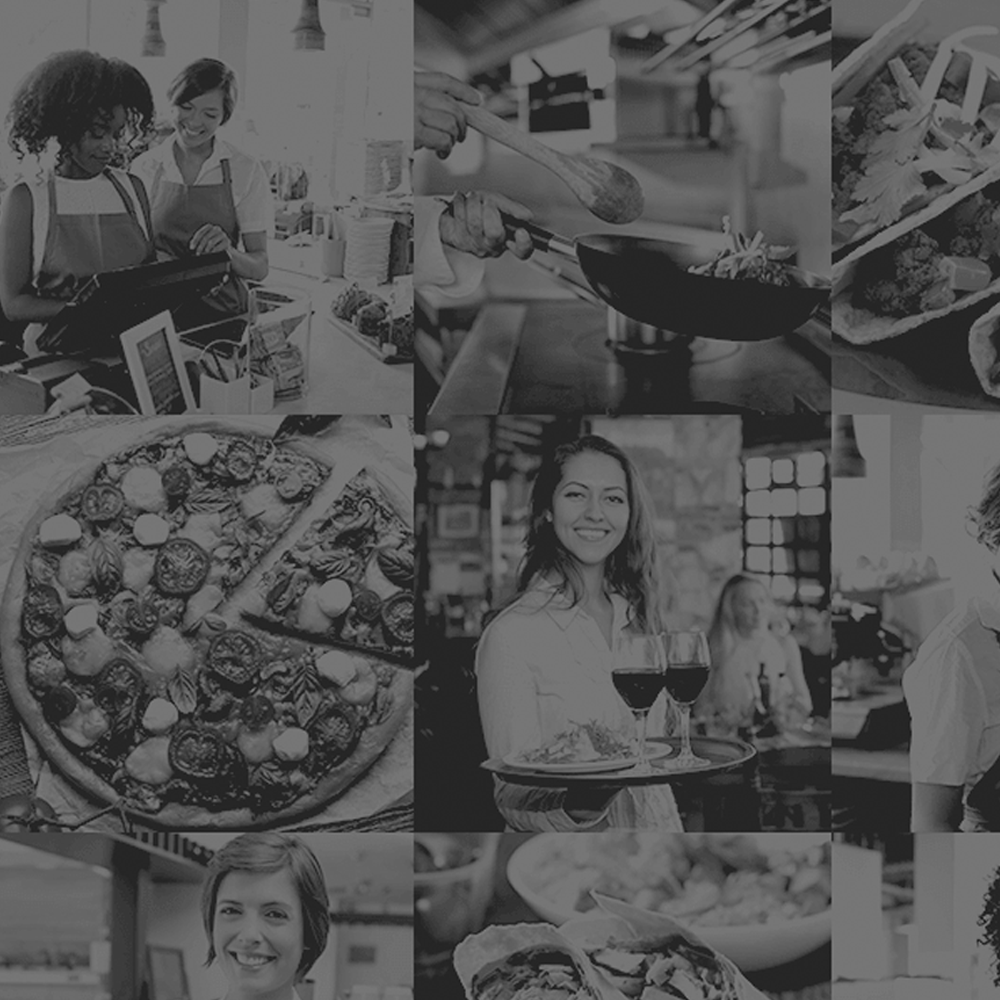5 Key Takeaways from Restaurant Leadership Conference (RLC 2018)

Did you make the journey to Phoenix in mid-April for the Restaurant Leadership Conference? If not, never fear: we have compiled our five key takeaways so you can stay on top of all the juicy stats and trends within the restaurant industry.
1. Off-premise is only getting started.
If 2016 saw the rise of meal delivery kits, such as Blue Apron and HelloFresh, then 2017 will go down as the year when off-premise dining exploded in popularity. Consumers are increasingly opting to consume restaurant food at home, which explains the 28% increase in delivery orders last year. The mentality behind this shift may sound familiar: if everything can be ordered online these days, why can’t food follow the same pattern?
Looking ahead, food delivery is expected to grow at 12% CAGR over the next few years, given the 49% of consumers who prefer to eat at home instead of in a restaurant. While 37% simply do not want to leave the house, 30% state that the convenience is worth the cost. Those numbers will likely increase over time, especially since an estimated 80% of millennials will become parents by 2026 and are more likely to take advantage of this convenience.
Supporting this trend is the success of food delivery services such as GrubHub, Uber Eats, and DoorDash. Some restaurant brands view these services as a threat but others see an opportunity for getting their food delivered without making an operational investment in delivery services. Either way, off-premise dining is likely here to stay. To paraphrase the COO of Red Robin during the “Innovation Forum: The Future of Foodservice at Home” session, restaurant brands need to recognize that they may not always be the destination but rather the source of food in the future.
2. Stretch out of comfort zones and stay flexible.
Flexibility is key in the current restaurant environment. Consumer preferences change quickly, and restaurant brands are expected to keep pace. For example, last year saw a change in eating habits with 50% of consumers deciding to eat more plant-based food than they did a year ago, and 66% of consumers now consider vegetarian foods to be healthier.
This trend is part of the broader movement towards brands that offer “real, wholesome, and authentic” options because they convey “health, quality, and trust.” In fact, 85% of people now believe it is important that the dining experience be authentic. In response, brands are launching new concepts with more flexible formats that offer additional vegetarian and healthy options, more drinks options, and abide by the concept that restaurants need to offer good food at good prices in a good environment.
3. Need employees? You are not alone.
It is probably not surprising to hear that the labor market is tight. Given the historically low levels of unemployment in the U.S. (at 5% or lower since September 2015), workers have numerous options when it comes to employment. The result? Restaurant brands are struggling to hire employees as fast as they are losing them to other opportunities. Retaining employees has become a new focus for many restaurant brands as they recognize the need to entice employees to stay with benefits including additional training, more competitive pay, paid leave, and flexible scheduling.
4. Growth is a fickle friend.
For the second consecutive year, growth alluded the majority of leading restaurant chains. For the top 500 brands, the annual sales growth rate for 2017 came in at 3.1%, down from 3.8% in 2016. The outlook was even worse for full-service restaurants which saw sales growth decrease from 1.5% in 2016 to 1.0% last year. These numbers reflect several trends, including market saturation and consumers expecting deals.
The upside is that restaurant brands are focusing on improving their operations and retooling their menus to be competitive, as well as delivering value and convenience to customers. Strategies like limited-time offers (LTOs) have also increased in popularity as a result of their ability to drive traffic and sales when executed properly.
5. How technology can help.
Looking at the rising trends in the restaurant industry, Dan Schulman, President and CEO of PayPal, made the salient point during his keynote that in order to be successful, leaders need to not only define a trend and accept where it is right now, but to understand where it is going. He talked through “situational bias” and used Blockbuster as the prime example. Back in 2000, the Blockbuster CEO turned down the opportunity to acquire Netflix for $50M, claiming they were not a competitor due to their lack of distribution, relationships, and capital.
Restaurant leaders need to think beyond how technology is disrupting their industry to how technology can improve the guest experience. From an operational standpoint, how do you ensure every menu item is made correctly, regardless of whether it is enjoyed off-premise or within the walls of the restaurant? This training challenge is especially acute for LTOs since they require learning new recipes in short periods of time. The good news is that mobile technology can enable employees to deliver menu items as expected that uphold the brand image.
If you missed RLC this year or attended but did not have an opportunity to talk with us, we invite you to check out our self-guided product tour. Our mobile enablement platform ensure your frontline employees are prepared to deliver the experience that keeps guests coming back for more.
Sources:
Bureau of Economic Analysis
Bureau of Labor Statistics
Federal Reserve
Conference Board
U.S. Census Bureau; Monthly Trade Report
U.S. Energy Information Administration
Technomic Inc. January 2018 Wallchart
Technomic Top 500 Chain Restaurant Report
Technomic December 2017 Omnibus Survey
Technomic 2016 Generational Consumer Trend Report
Technomic 2016 Healthy Eating Consumer Trend Report
